



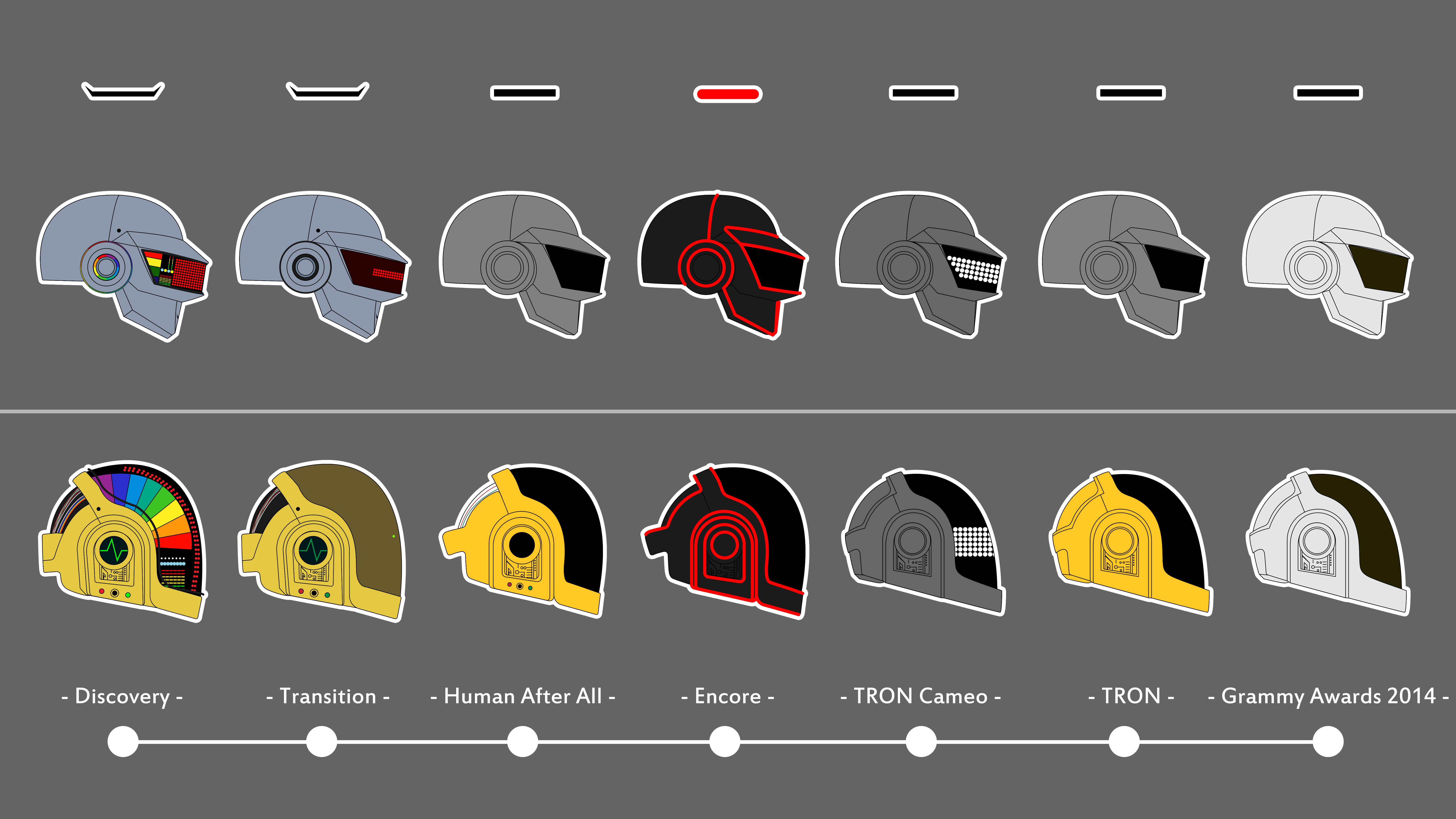
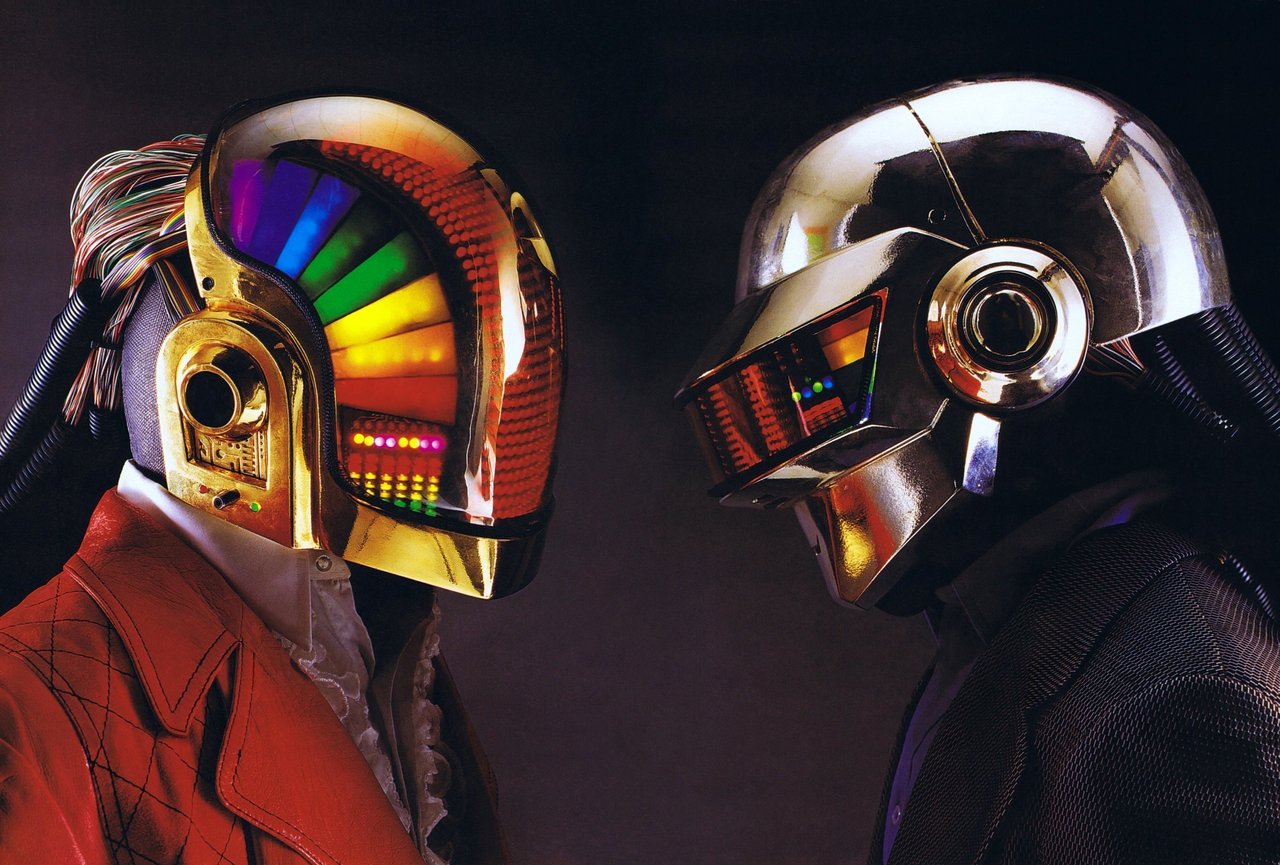
Daft Punk: Behind The Helmets
Daft Punk: The Birth of The Robots
December 4, 2013
Daft Punk became robots on September 9, 1999.
The date – 9-9-99 – is significant, according to Thomas Bangalter, because this was the day the little-known "9999 bug" corrupted the French duo's hardware. "We were doing a track and our sampler crashed and exploded and there were sparks," he explained. "We were hurt a little bit so we had to make a little surgery and then we became robots."
A precursor to the Millennium bug, this 9999 virus conveniently deleted the track they were working on, forcing the pair to start again from scratch as robots. "Everything was erased, we had to start all over again," Bangalter said. "We don't keep a record of the time when we make music."
Bangalter told me this on the evening of November 24, 2000. We were up in the Hollywood Hills, in the living room of an attractive, open-plan, possibly mid-century residence overlooking Los Angeles. From the terrace you could look down on the house and gardens of a famous actress whose name escapes me. A swimming pool adjoined the terrace, shaded by an avocado tree.
Daft Punk were renting the property while they developed the promotional campaign for their second album, Discovery, for which they'd decided to present themselves as robots. They'd brought their close-knit Daft crew with them from Paris - including Cedric Hervet, manager Pedro "Busy P" Winter and Gildas Loaec, who now runs Kitsuné – and their stuff was all over the house. Philippe Zdar of Cassius was also in town and would pop in from time to time on his morning jog. I think the property had been found for them by the mother of Miki Berenji, the singer of the 90s indie band Lush. At the time, her mum, Yasuko Nagazumi, was a kind of producer and agent in Hollywood, a fixer who made things happen. As an actress she'd had a brief role in You Only Live Twice.
I'd been fortunate enough to be sent to LA by The Face Magazine to write the first piece on Discovery and Daft Punk's comeback. Their 1997 debut Homework had profoundly influenced pop music, and the world was eagerly awaiting its successor. In those days, before the internet's mindless voracity, bands could hide away with ease. The robots would be unveiled in a Face cover story several pages long, photographed doing typical human things such as drinking cocktails, visiting a guitar shop and hanging out at a swingers' party. Luis Sanchis was the photographer. In one recording studio he shot the robots seated at a piano, and this photo graced the inner sleeve of Discovery. The strap-line on the The Face's cover was the very good "Encore Une Fois" – Daft Punk had just scored their first No.1 with 'One More Time'.
Virgin Records flew the press officer and me on Virgin Atlantic. I was installed in the Chateau Marmont hotel for four or five days, but not in the main building, in one of the self-contained bungalows by the pool. I couldn't believe my luck. Someone said that John Belushi had died in one of these bungalows. Sofia Coppola would later film parts of Somewhere in one. Me? I spent some of my time in the bungalow writing an NME feature on German trance heavyweights Jam and Spoon, whom I'd met in Frankfurt the week before. After we'd visited three restaurants in Frankfurt, Mark Spoon, rest his soul, had shown us round his modernist apartment. He had leopard-print silk sheets on his bed and a pair of handcuffs attached to the bedposts. I remember emailing the feature using the computer in the Marmont's manager's office. This was before wifi or in-room internet. I even had a PC laptop back then. Madness.
One of the main reasons Daft Punk had stationed themselves in California was because the robots' prototype helmets and gauntlets were being made in LA by Tony Gardner. He's a special effects designer who'd most recently worked on the Jack Black fatty fable Shallow Hal, and who would go on to assist Daft Punk with their 2006 film, Daft Punk's Electroma, and a couple of Human After All promos. In any case, Bangalter and Guy-Manuel de Homem-Christo enjoyed being in the LA sunshine – and the robots appreciated the climate too. "It's better for our circuitry," Bangalter said. "Nice oil and good maintenance." In rainy Paris the robots get rusty.
The idea for the feature was that Sanchis would stage a photo with the robots that would represent each of Discovery's 14 tracks. For 'Aerodynamic' they'd be in a guitar shop, for example, and for 'Short Circuit' they'd be collapsed, drunk, in an alleyway. I'm not sure if we managed to do all fourteen as each one took a lot of time to organise. Like expensive jewellery, these helmets were precious items, and tricky to put on correctly. We'd travel from location to location in one of those colossal mobile homes. There was a plan to release all fourteen tracks as individual singles, one after the other following the album's sequence. They managed five or six.
I was given a CD copy of Discovery in LA and listened to it whenever I could to prepare for the interview, which actually turned out to be more like a collaboration between Daft Punk and The Face – the first part of Discovery's perfectly executed media campaign. Then, as now, Daft Punk liked to control as much as they possibly could. After the blistering house and funk of Homework, the warmth and scope of Discovery sounded like the work of a different act, in much the same way that Random Access Memories, arriving after the rather one-dimensional Human After All and Tron: Legacy, has impressed with the scale of its ambition. I still love Discovery, particularly the Moroder-ish trio of 'Voyager', 'Veridis Quo' and 'Short Circuit'.
The interview covered a lot of ground, most of it dealing with the robots and the music and concept of Discovery. As usual, Bangalter did the lion's share of the talking, even providing a track-by-track explanation of the album from the robots' point of view. The intention was for the article to add to the mystique of Daft Punk and generate excitement about their return by telling a story that was mostly make-believe. We'd last seen Daft Punk, if you can recall the late 90s, somewhere in LA in the videos for 'Burnin' and 'Around the World', and in the two years between then and Discovery they'd somehow become robots. As you can read in this transcript of the interview, Bangalter, then 25, explains himself and Daft Punk's ideas far more eloquently than I was able to in the magazine. Fantasy has always been the essence of Daft Punk, and Discovery was the album that revealed the true power of their imagination.
Read the full transcript of Piers Martin's exclusive interview with Daft Punk below.
출처 : https://www.vice.com/en/article/wnyekw/daft-punk-birth-of-robots
Daft Punk: The Birth of The Robots
Daft Punk became robots on September 9, 1999. The date – 9-9-99 – is significant, according to Thomas Bangalter, because this was the day the little-known “9999 bug” corrupted the...
www.vice.com
Sketches
: These are initial sketches from designers, Alex and Martin, showing various helmet concepts before they were created
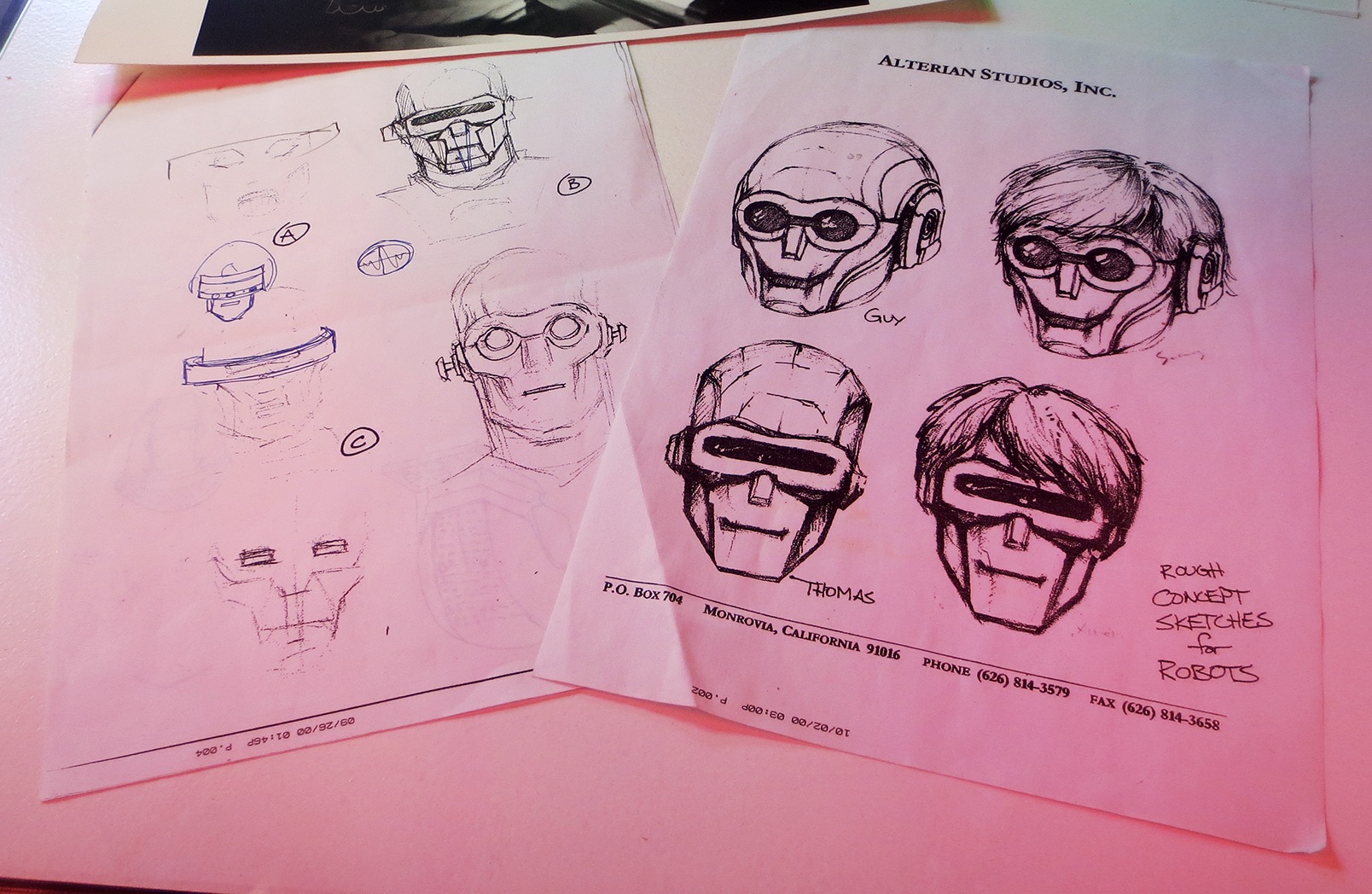


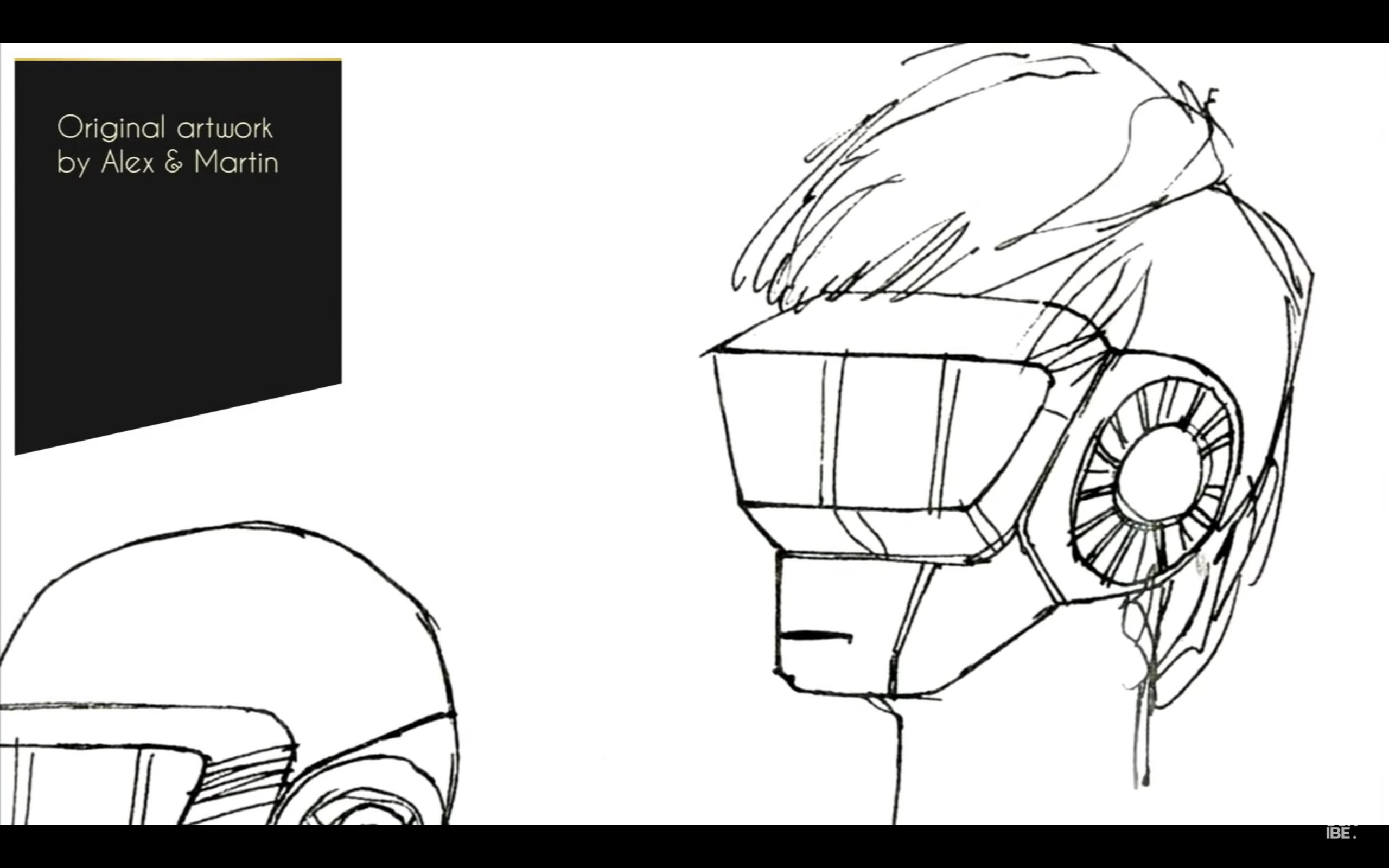
A sketch of the helment design from Alex & Martin

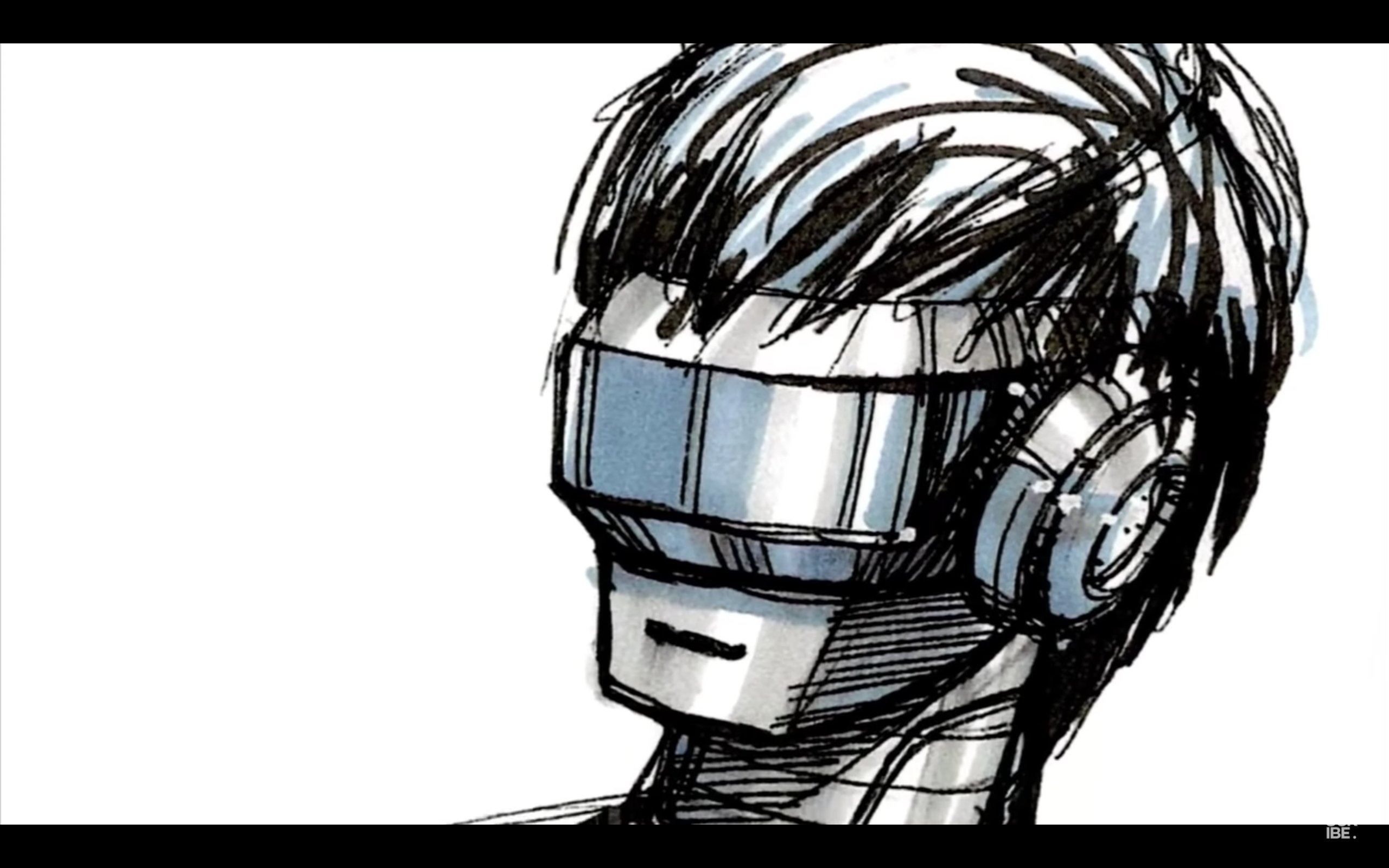


Depict the various stages of the design process
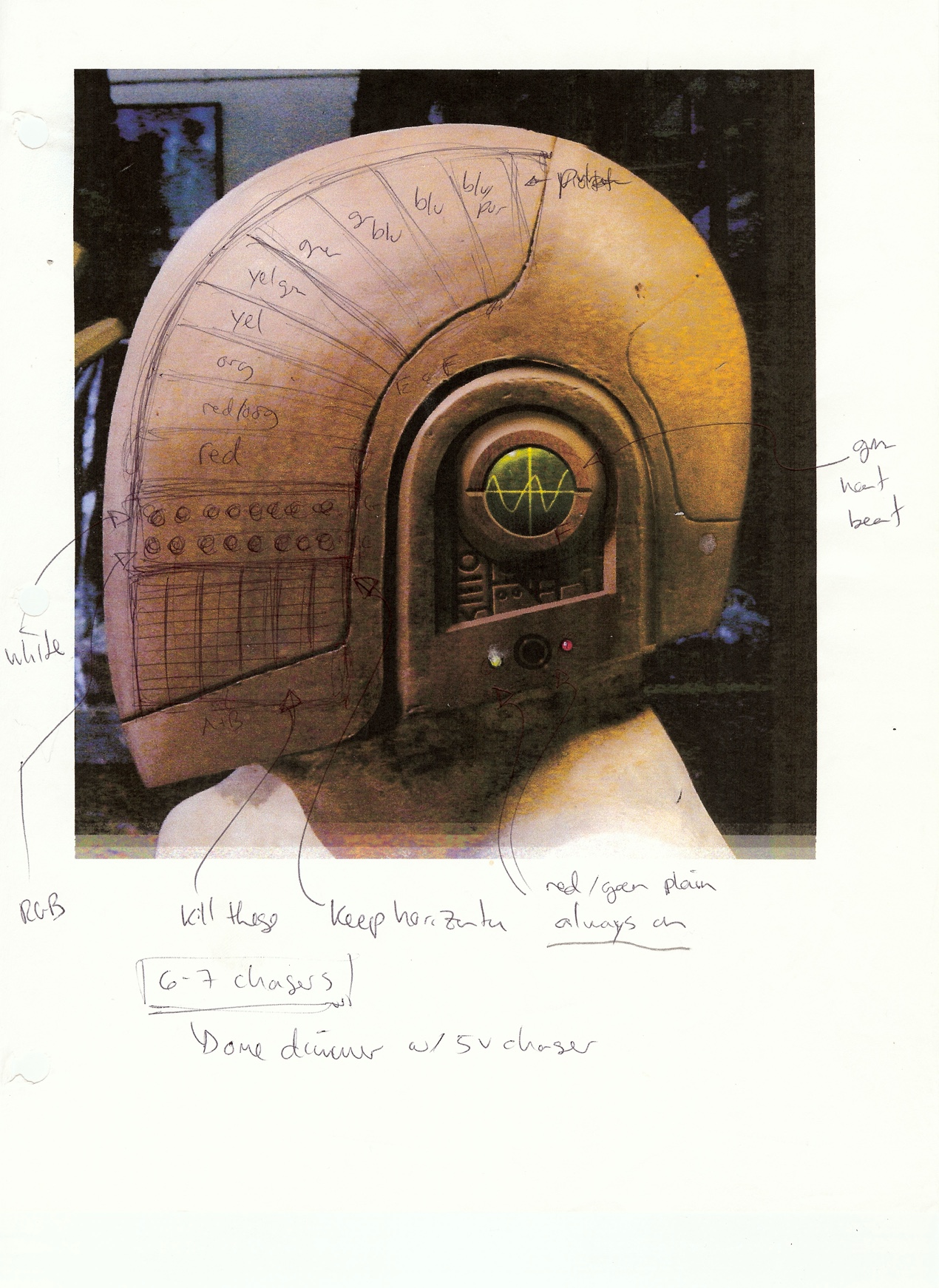

A sculpture of one of Daft Punk's helmets from Alterian Inc.
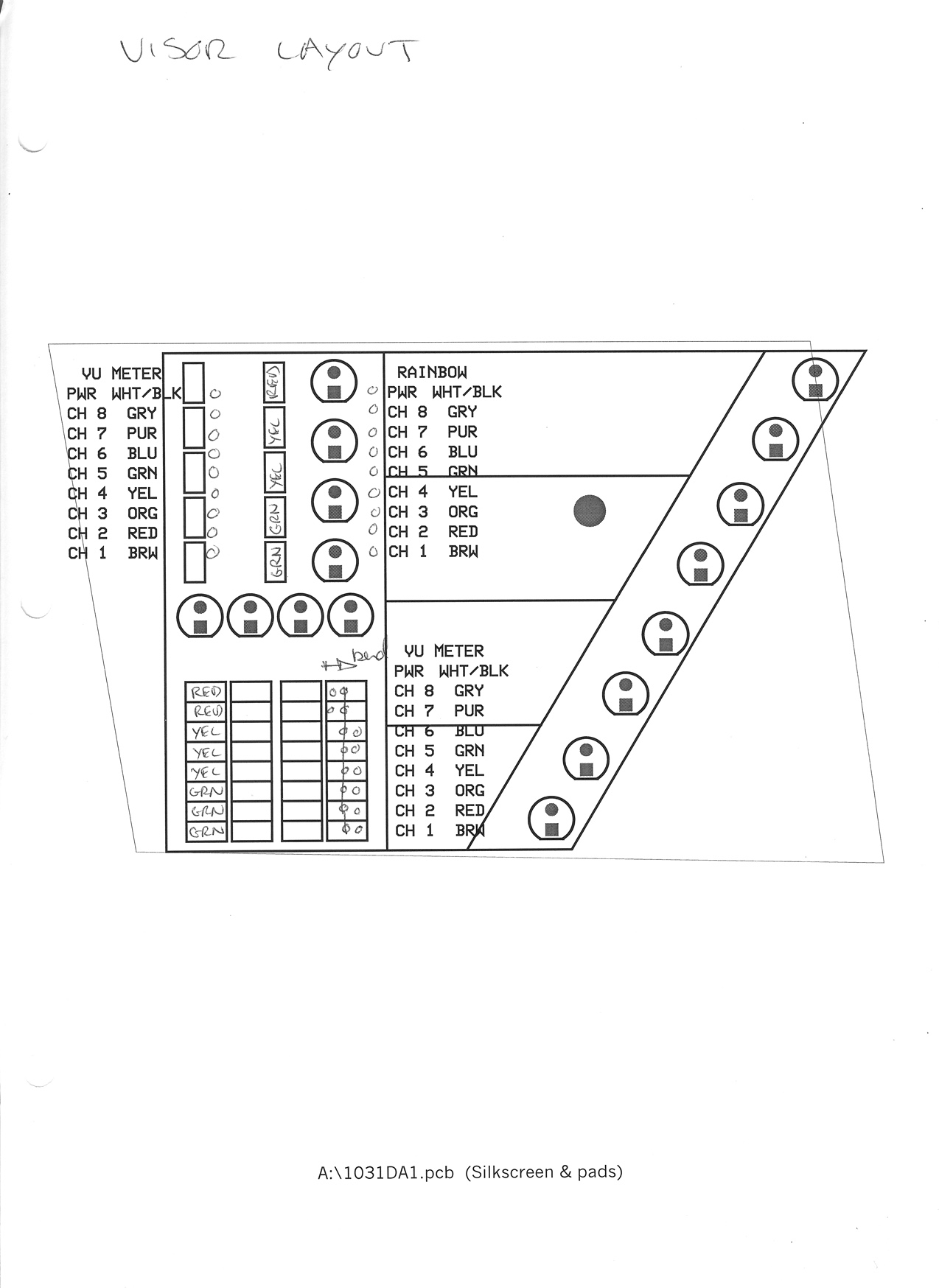

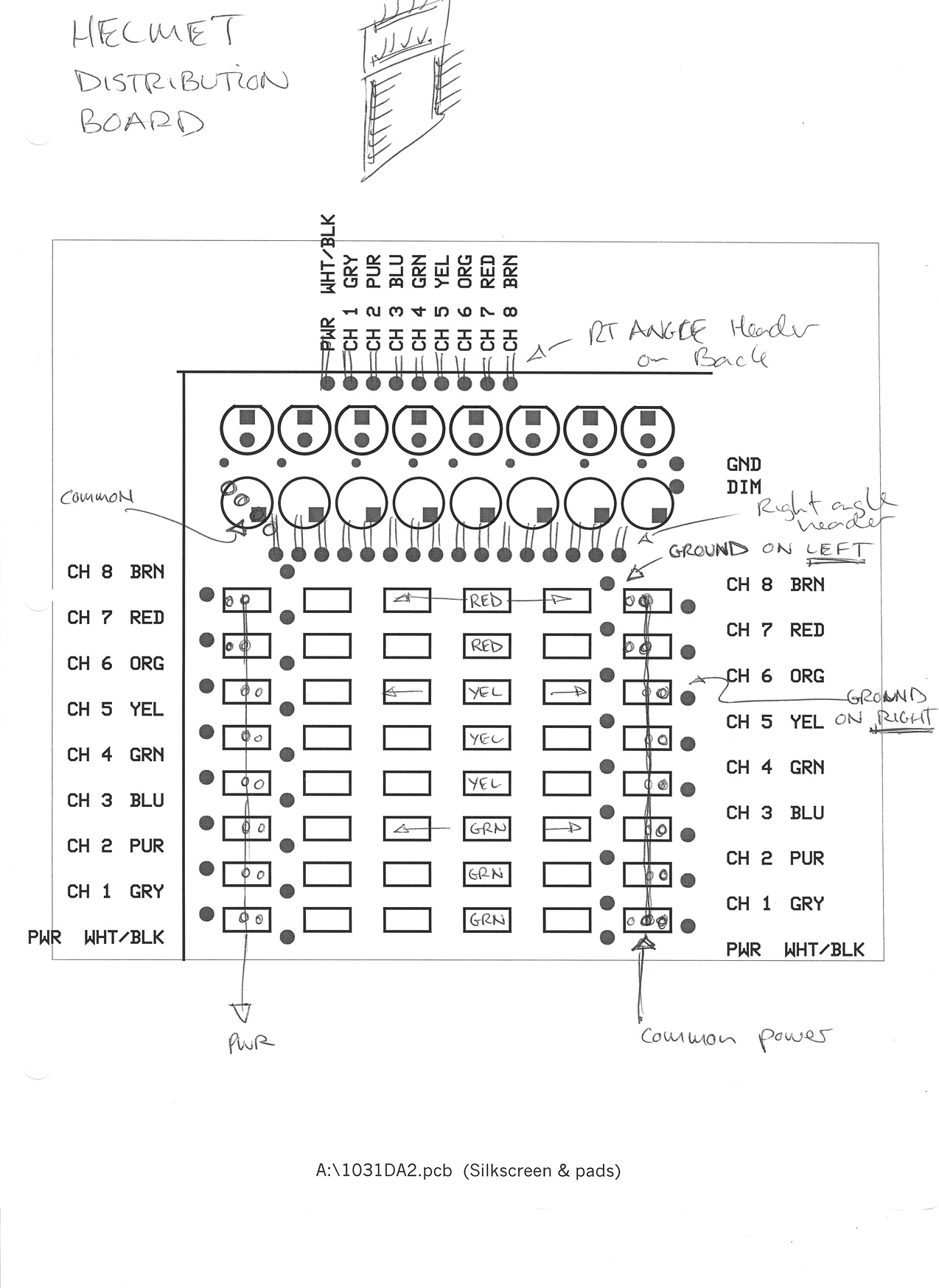

According to these schematics, the LED lights connected to the helmets are pretty complicated rat's nest of wiring.
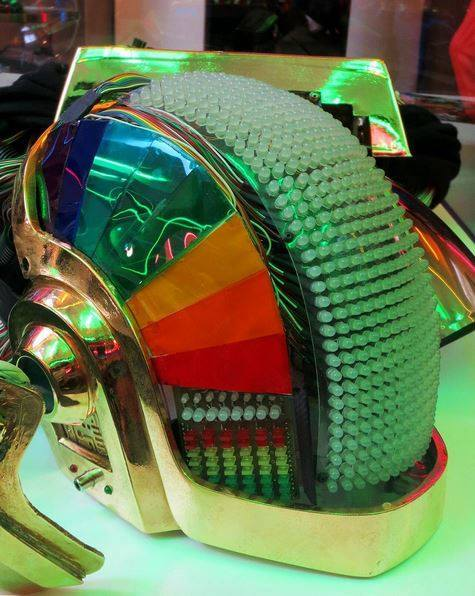
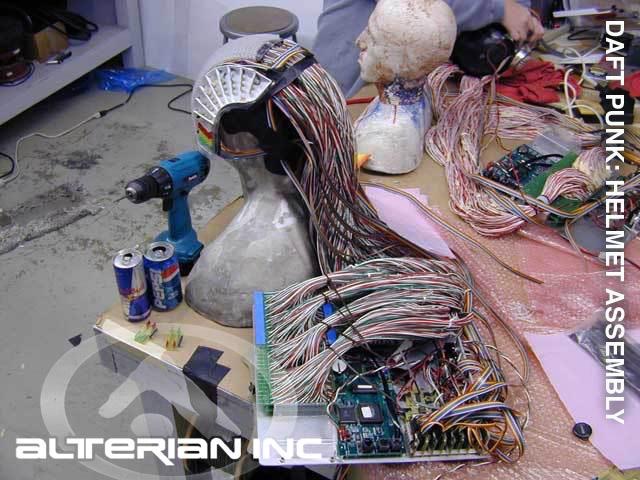
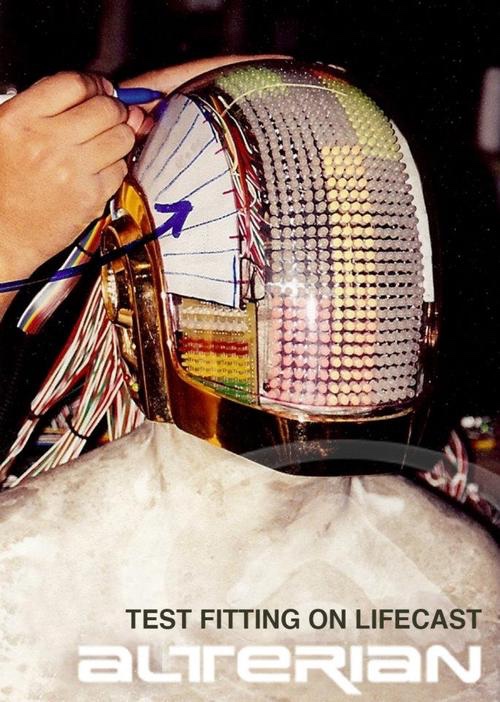


Pictures of helmets in construction..
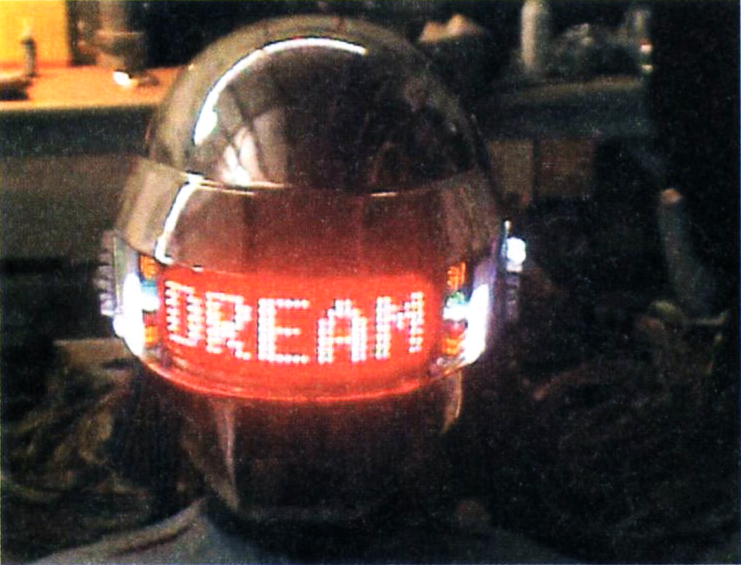


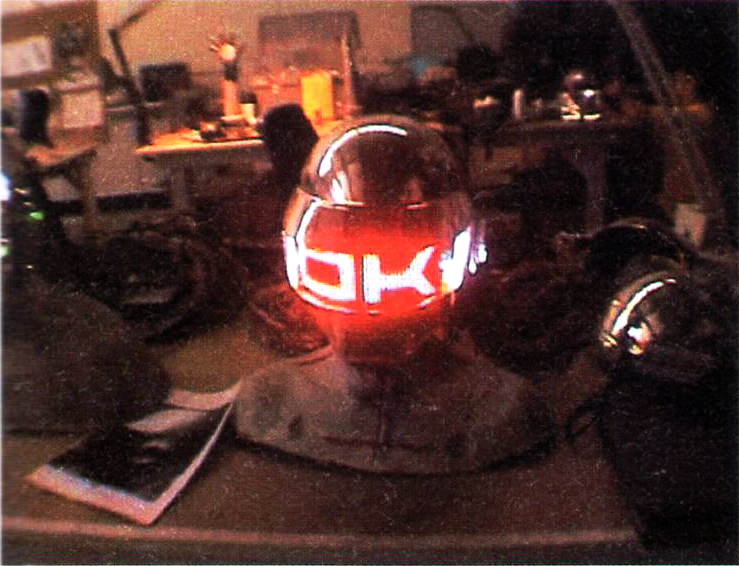
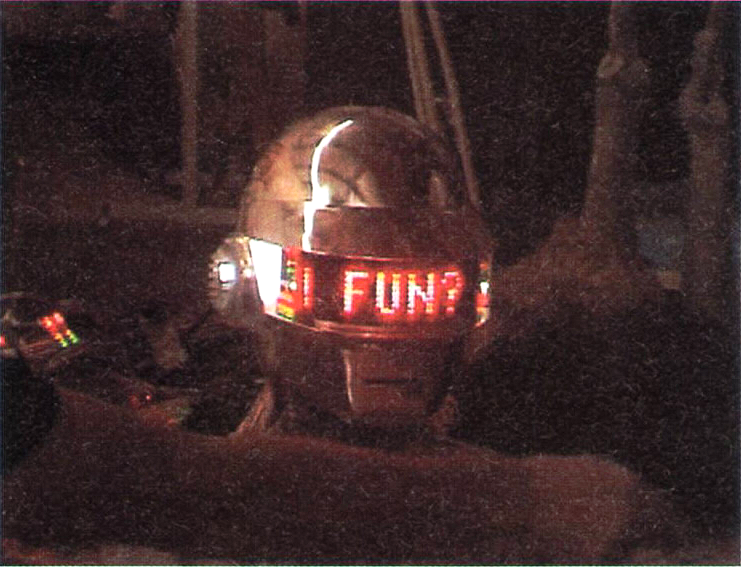

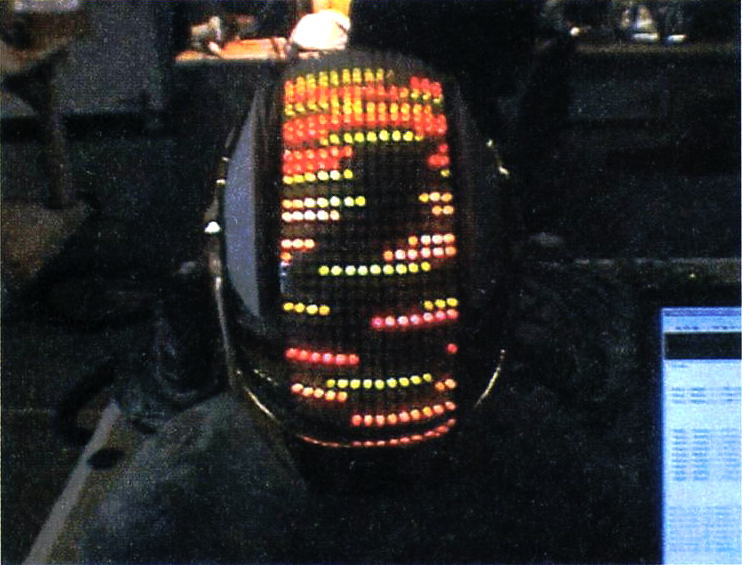
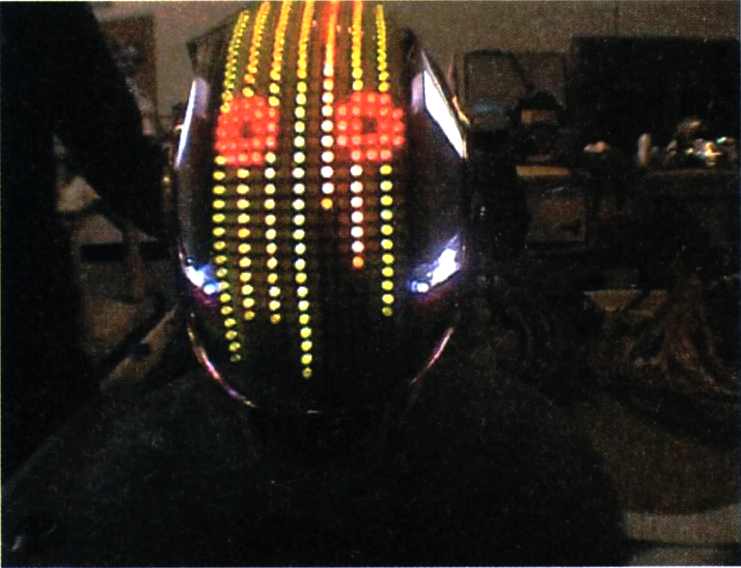
LED test

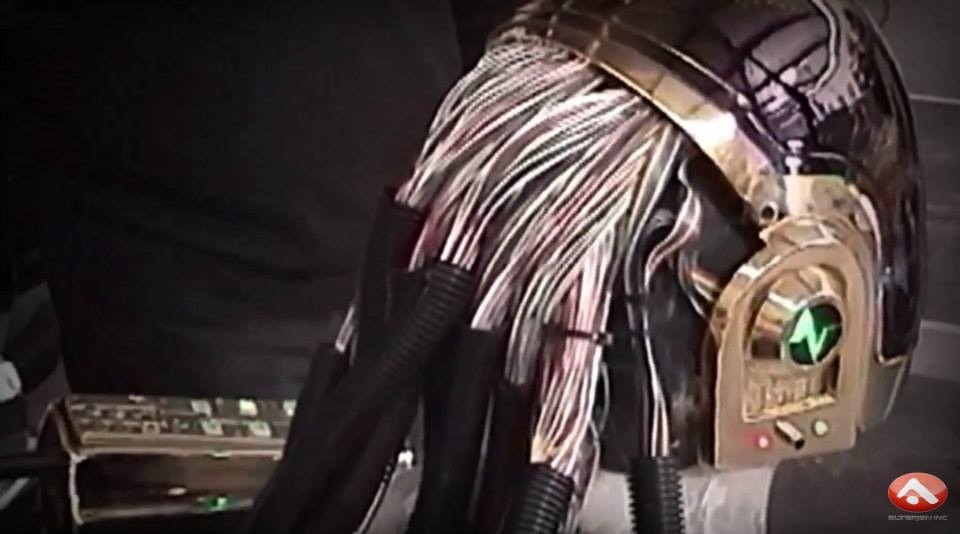
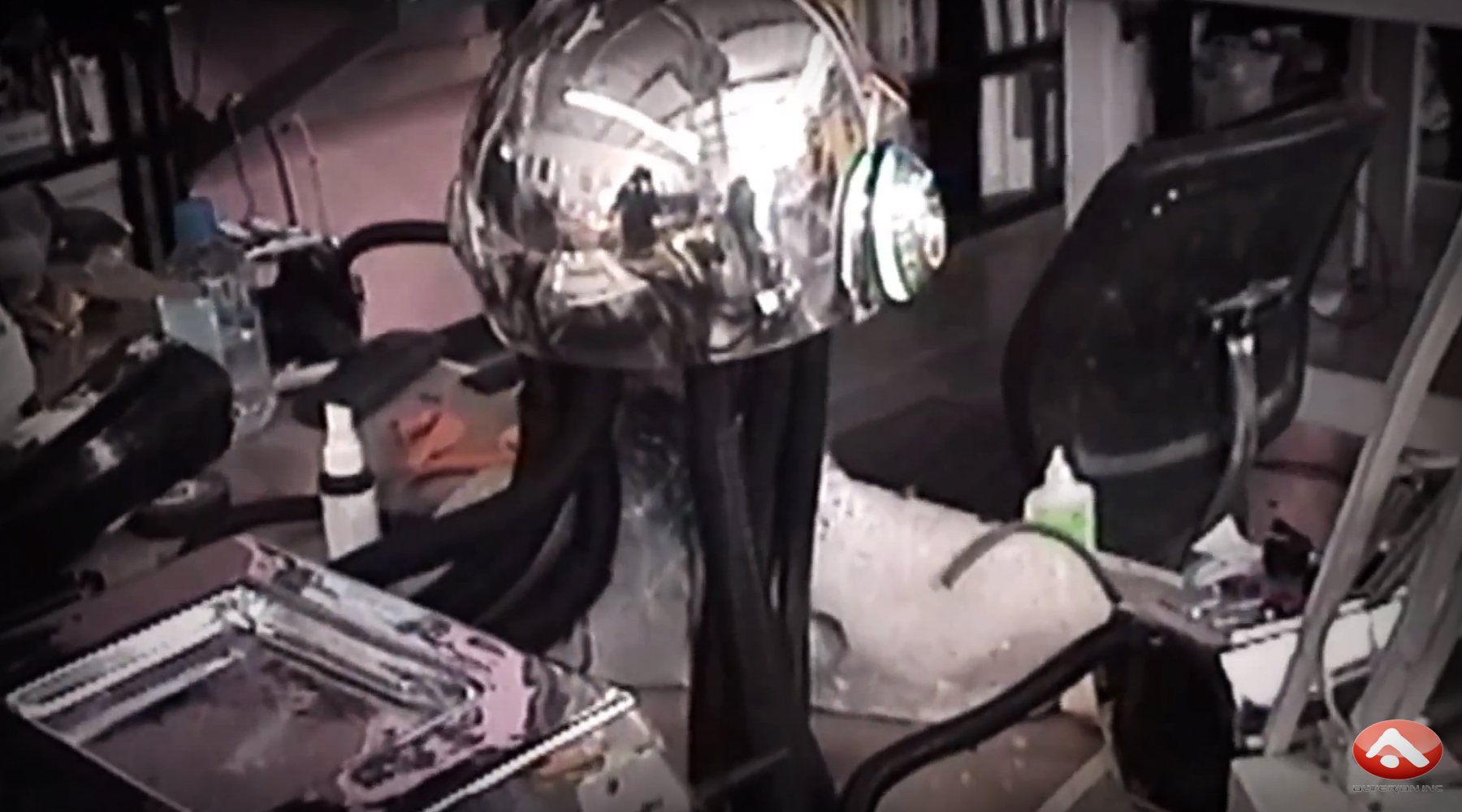

Finished helmets
As far as the techinical process of creating the helmets goes, this short video with Alterian's Tony Gardner is pretty illuminating. As Gardner explains, compact light-up displays are much more common now, but in 2001, when Daft Punk started wearing the helms, the costumes were cutting edge.
Behind-the-scenes images also show the creation of other facets of Daft Punk's costume, including the iconic gold gauntlets.
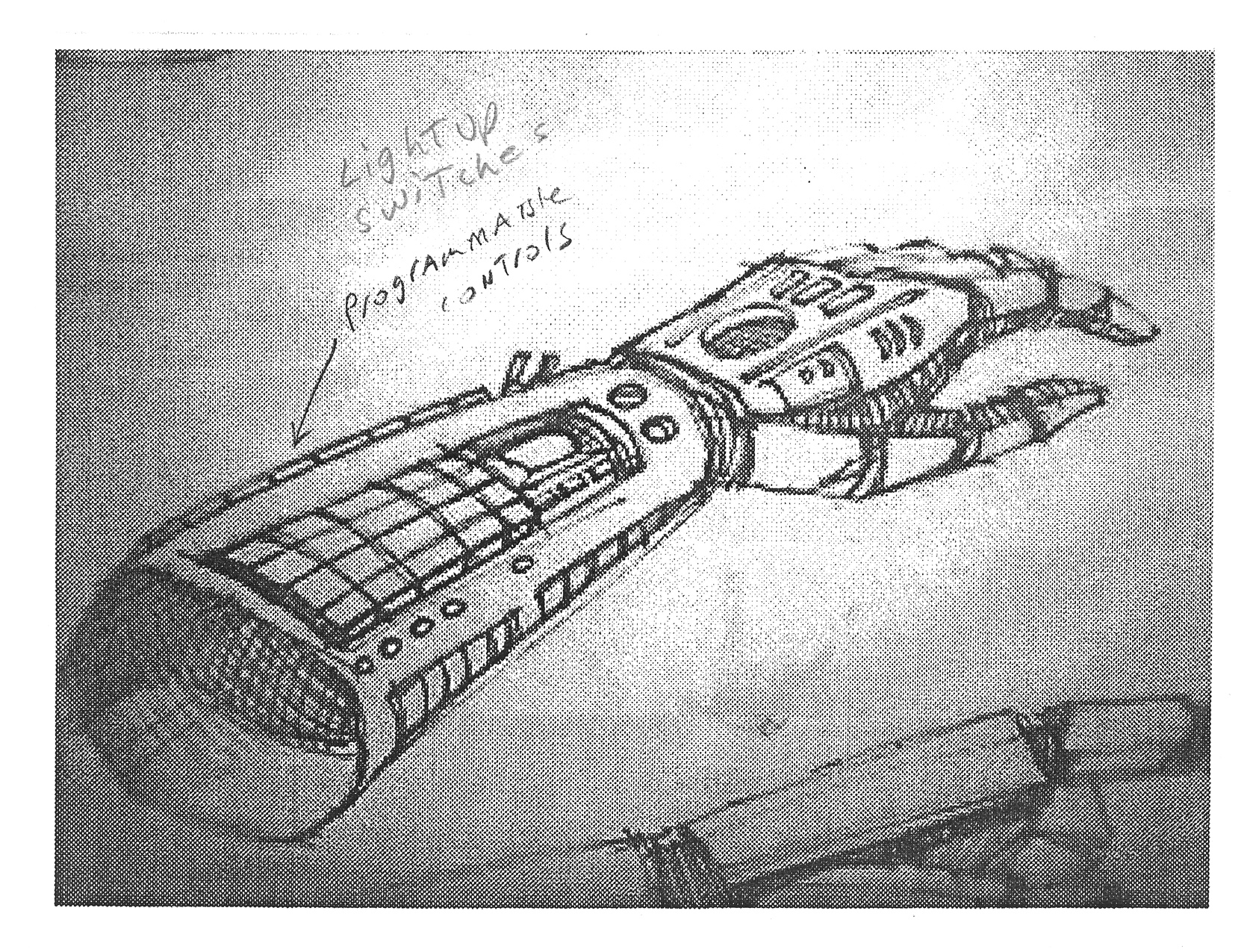
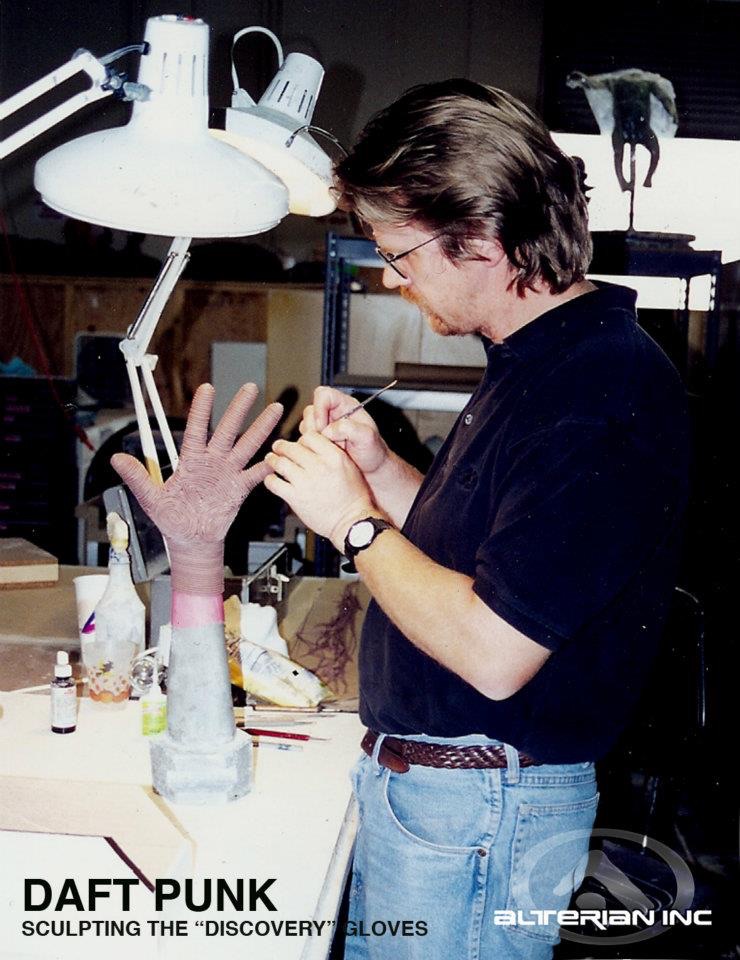
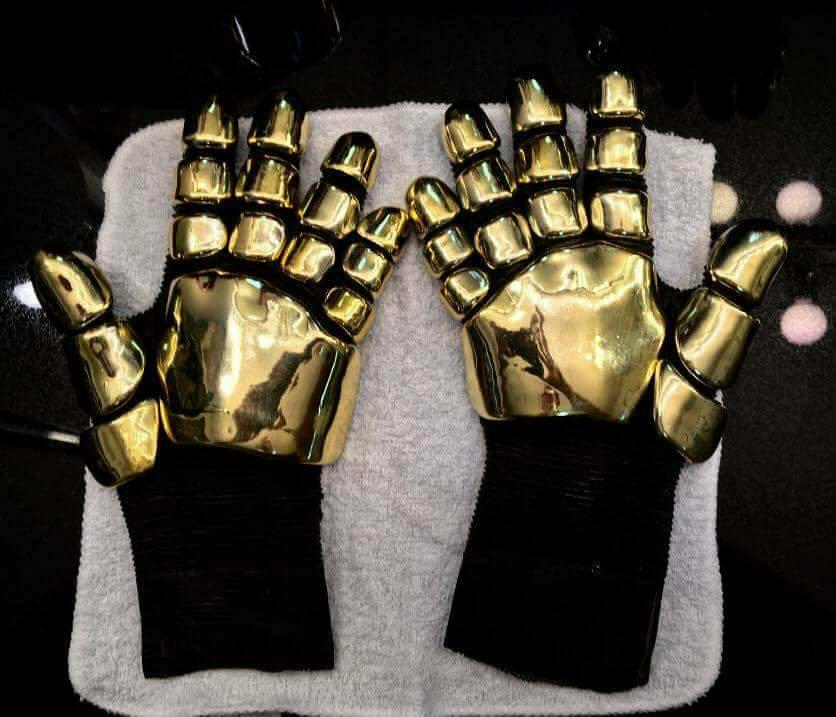
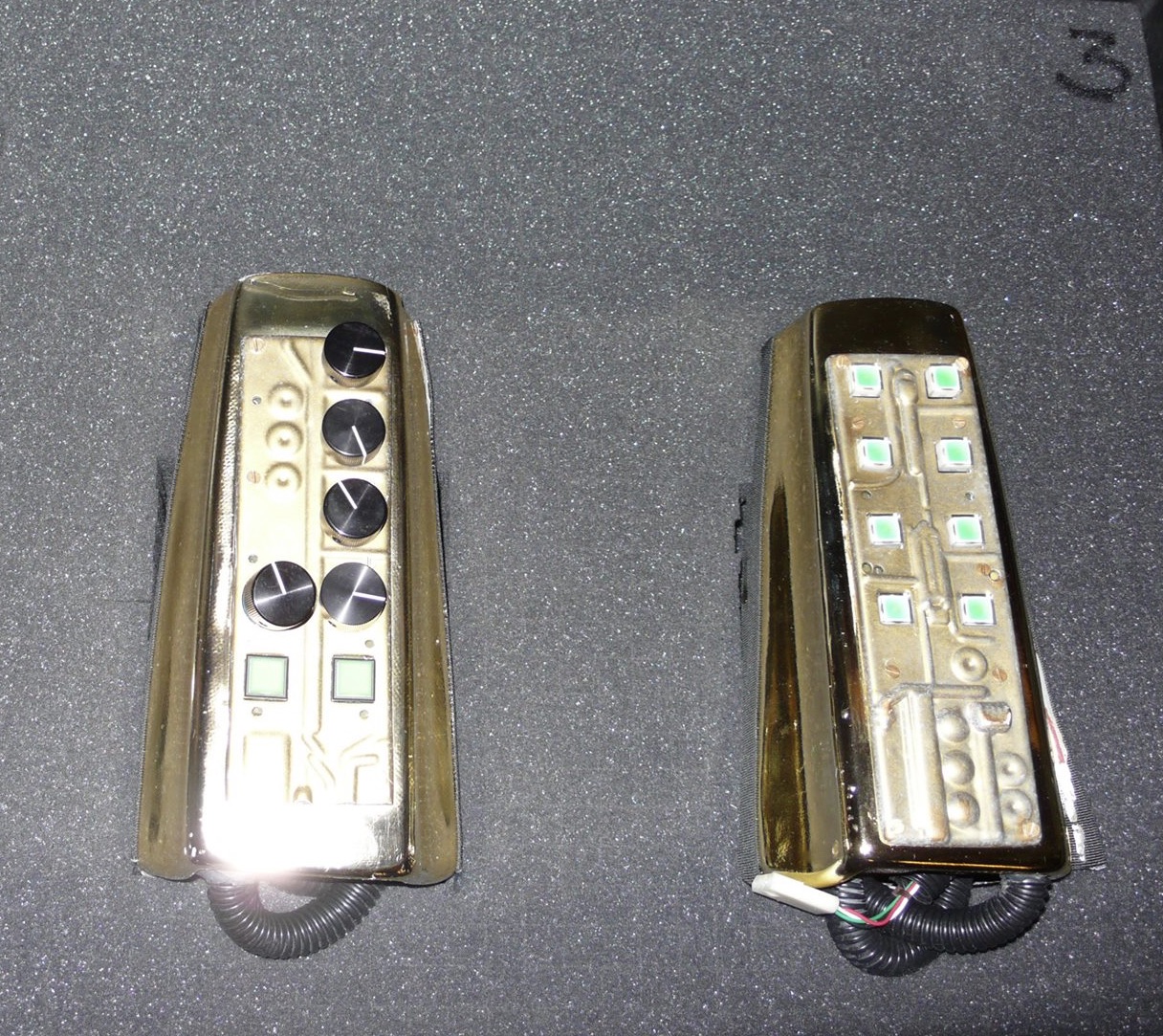
Daft Punk glove / gauntlet design by Alex and Martin. Sculpted by Alterian Inc.
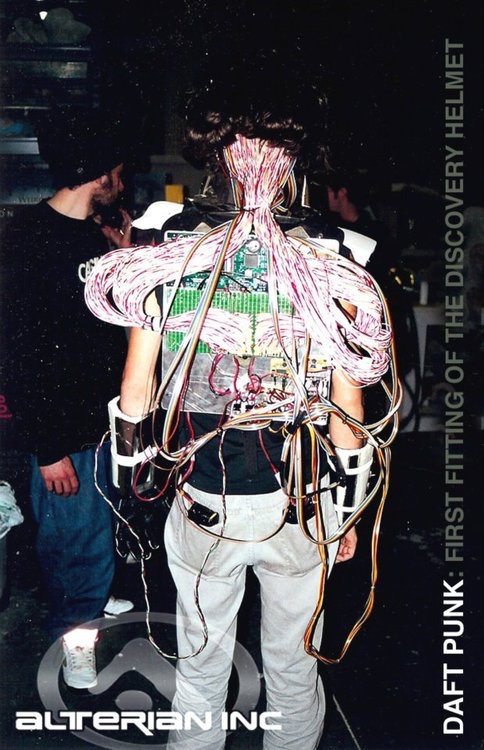
Thomas Bangalter test fitting.

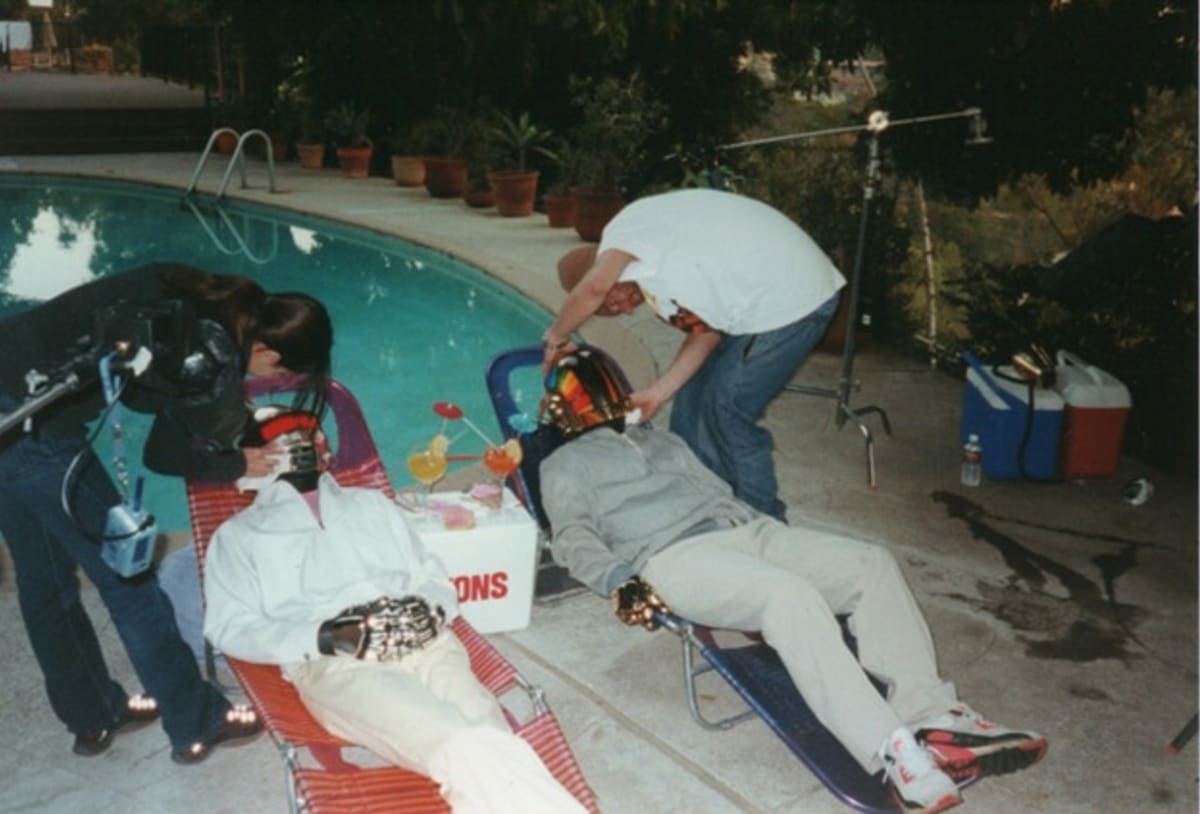
Behind the scenes of the first photoshoot with the helmets




First photoshoot with the original Daft Punk helmets in November, 2000 by Luis Sanchis for The Face magazine

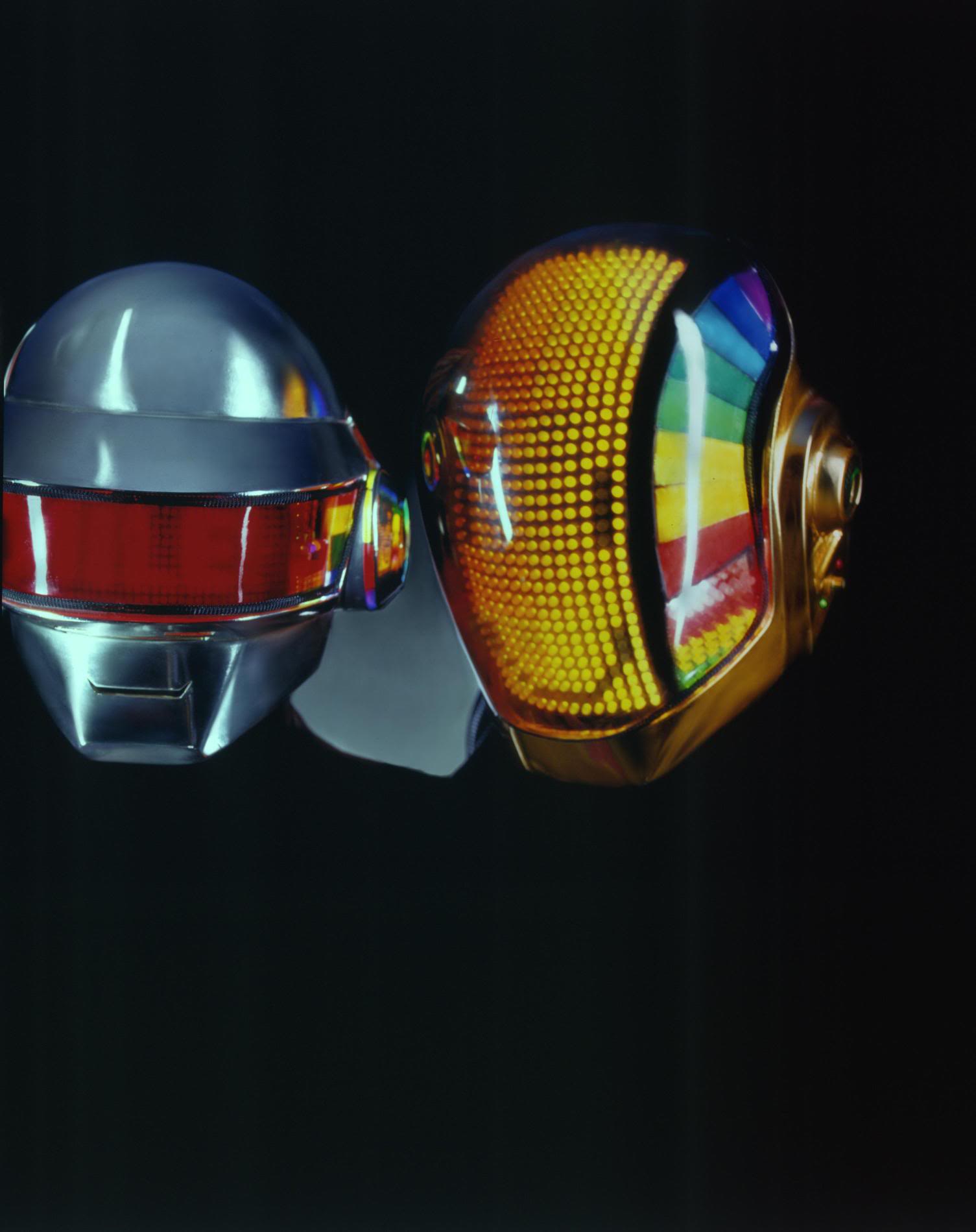
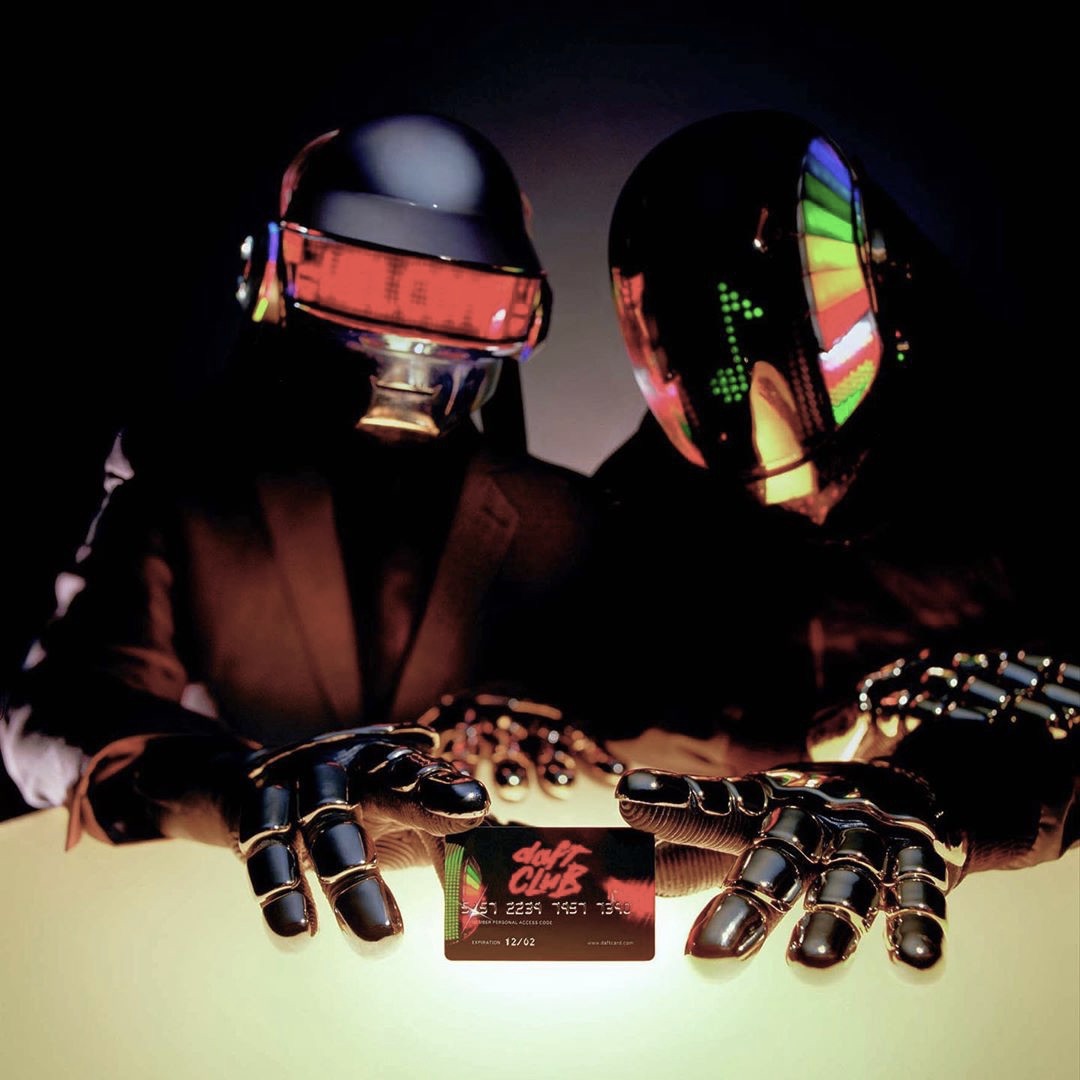
Press photos by Daft Arts
Daft Punk - Discovery EPK: Electronic Press Kit
'정보 DB' 카테고리의 다른 글
| [DB] 서부극 Western (0) | 2023.03.17 |
|---|---|
| [DB] 기후위기 자연 환경 변화 (0) | 2023.03.08 |
| [DB] 무협 Wuxia (0) | 2023.02.27 |
| [DB] 호러 Horror (0) | 2023.02.03 |
| [DB] A24 제작 영화 목록 A24 Filmography (0) | 2023.02.03 |